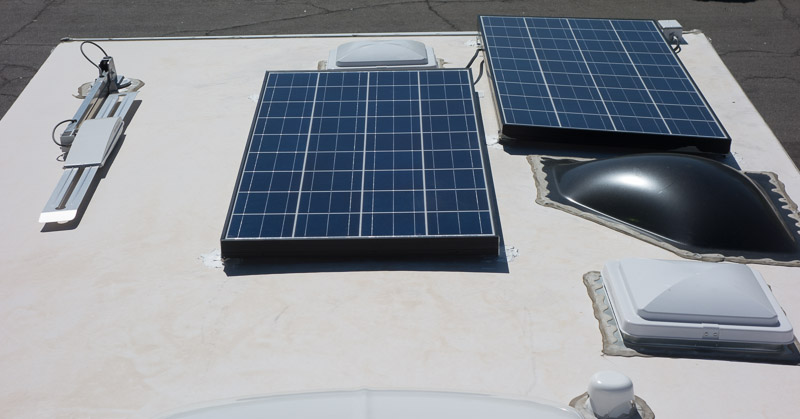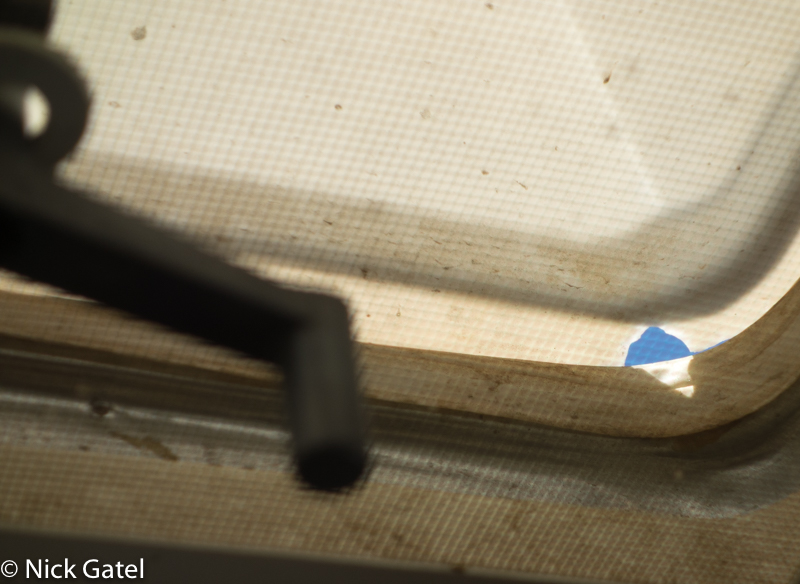This topic is a favorite on backpacking blogs. Although it is only August, I thought I’d be the first!
Actually my favorite backpacking gear hasn’t changed in years, so there is no use posting that (again).
Since I just finished all my Christmas shopping (yes, I don’t have to worry about it or stress out like most folks do), I thought it might be helpful to share the most popular items that PopUpBackpacker readers are buying – and there isn’t anything related to backpacking – because the majority of readers here buy stuff for their campers, so all the items on this list are camper related. I approve – too many backpackers are obsessed with gear and are in a constant loop of new gear purchases.
Camping stuff, on the other hand, are usually purchases that are made for the long haul. Readers might find some of the stuff interesting or even a great Christmas gift idea. Since Christmas is several months away, might as well start thinking about it before it creeps up on you and you freak out. And to be upfront, there are product links in this post that will earn me a small commission if you purchase something. Don’t buy any of this stuff if you don’t need it! Continue reading Favorite Gear of 2018




